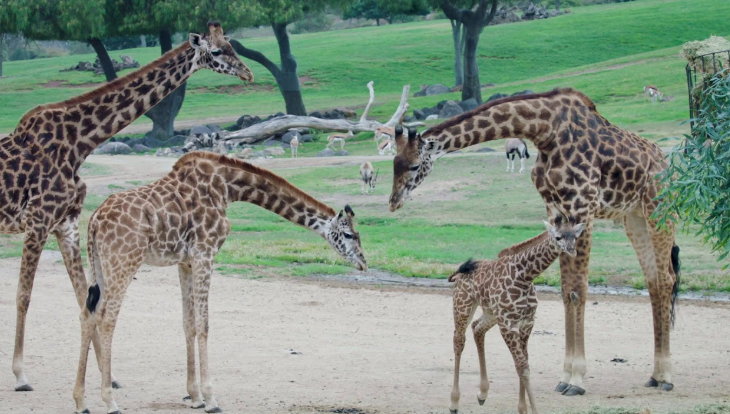Can a Giraffe Jump? Exploring the Remarkable Abilities of Giraffes
Giraffes are one of the most iconic and fascinating creatures in the animal kingdom. Known for their towering height and unique appearance, people often wonder about various aspects of their behavior and capabilities. One intriguing question is whether giraffes are capable of jumping. In this article, we will explore the anatomy, physical limitations, and behaviors of giraffes to answer the question: Can a giraffe jump?

can a giraffe jump?
1. Giraffes: A Brief Overview:
Giraffes (scientifically known as Giraffa camelopardalis) are native to the savannas and grasslands of Africa.
They are well-known for their incredibly long necks, powerful legs, and distinctive coat patterns.
Adult giraffes can reach a height of up to 18 feet and have an average weight ranging from 1,600 to 3,000 pounds.
2. Anatomy and Physical Considerations:
Giraffes possess unique anatomical features that contribute to their remarkable abilities.
Their long legs are adapted for running and maintaining balance, while their necks allow them to reach leaves in the treetops that are inaccessible to other herbivores.
However, when it comes to jumping, giraffes face certain challenges.
Their legs are designed for stability and endurance rather than quick and forceful movements. Additionally, their long legs and heavy bodies could make landing from a jump risky, potentially causing injury.
3. Can Giraffes Jump?
Giraffes are physically capable of lifting their front legs off the ground simultaneously, which is a behavior they display during certain activities like stretching or fighting.
However, the classic jumping motion involving all four legs leaving the ground simultaneously is not a natural behavior for giraffes.
Giraffes are unlikely to jump in the wild due to their anatomy and the potential risks associated with jumping. Their long legs and heavy bodies make jumping a less practical option for locomotion compared to running or walking.
Instead of jumping, giraffes have evolved to use their long necks and legs to reach food sources high in trees.
4. Adaptations for Survival:
Giraffes have evolved a set of adaptations that help them survive in their natural habitat.
Their long necks and legs are adaptations that allow them to feed on leaves from tall trees, reducing competition for food with other herbivores.
Their height also gives them a vantage point to spot predators from a distance.

A giraffe jump cartoon
In the wild, giraffes do not typically jump like other animals. Their unique anatomy, including their long legs and heavy bodies, makes jumping less suitable for their survival strategy. Instead, giraffes rely on their powerful legs and incredible necks to navigate their environment, access food, and deter predators.
While the image of a giraffe jumping might be captivating, the reality is that these animals have evolved to thrive in their habitat without the need for such a behavior. The next time you observe a giraffe gracefully moving across the savanna, remember that their impressive abilities lie in their ability to adapt and excel in ways that suit their specific needs and environment.